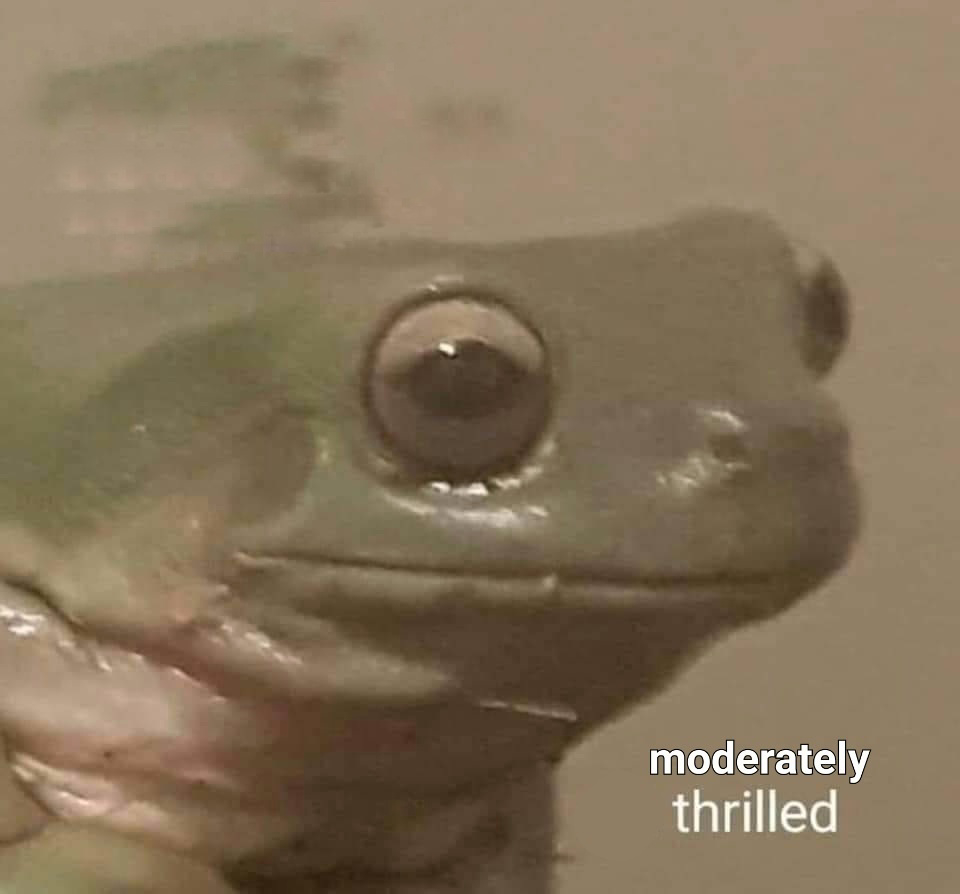For those of us living after the 19th century 55 degrees is the amount of time to start killing pathogens, 60 ℃ needed to take 35 minutes, down to 14 minutes at 63 ℃, 66 ℃ is 5 min, 69 ℃ is 1 min, 72 ℃ is just half a minute, and 74 ℃ is instantaneous.
Probably worth adding that just putting a piece of chicken in the oven at 100 ℃ is obviously not going to kill all bacteria. It takes time for the heat to be transferred from the oven to the room-temperature (or colder) internals of the chicken.
I read this to mean the temperature using a meat thermometer, poking it in the thickest part.
Yeah exactly, that would be correct. The need to do something like that was what I was trying to point to.
Can someone translate from freedom into logical
What is that in a normal unit?
Keep in mind that this graph shows core temperature. It is obvious to most but it should be written down.
Don’t want someone with little to no cooking experience look at this chart and put his huge turkey for a couple of seconds in the oven at 165°F / 74°C 😅
But how many ounces per stone in a tenday is that?
Life hack: if you don’t eat meat you don’t need to worry about meatborne illnesses.
I’m finding the way the points and the y-axis are lining up to be, dare I say, mildly infuriating. Why is 82 at 70? Why is 0 not at 0?
so the bird needs to hit that temp before the clock starts, right?
Yes, the center of the meat
So how hard do I need to slap it to get it to that temp internally?
Not that hard you just have to do it 135000 times.
Guess I need to start limberin up my slapping arm,then
Medium-rare chicken bros hate this chart!
Real talk, “pasteurize” is the stupidest most misaligned word that could have possibly been used for the process of sterilizing via heat.
https://en.wikipedia.org/wiki/Louis_Pasteur
It’s named after the inventor of the process though. Heat things to kill bacteria.
Oh that makes sense
Oh that makes sense
Pasteurized products are not sterile.
Sterilization should only be used to describe processes that leave no living microorganisms or fruitable spores behind.
It should be “Pasteurize”, as it’s named after Louis Pasteur. And the specific process he invented dramatically increases the shelf life of milk using very high temperatures for a very short time… Without changing the milk texture or cooking it very much.
So pasteurization is a process that sterilises did with heat. But I don’t think it works on meat.
I do not eat chicken but thank you for this information!
Not with that attitude
My friend, you have no idea how much time I have spent searching for something like this on google. This is incredibly useful. I have saved this to my camera roll.
Naturally searching anything with “chicken” and “cook” present returns hundreds of recipe websites or food safety “articles” that all copy and paste “the fda says 165” with no further thought.
I knew a chart like this must exist, but had given up the search. Sincerely, thank you.
c-camera roll?
Phone picture album roll? Photo reel? Downloads folder! But on a phone. Apple hates calling things folders idk lol
Not very helpful for real world cooking.
Well, one could probably deduce that a lower internal temperature than the instant point is sufficient to cook chicken, and use that in combination with a thermometer when cooking chicken.
In fact, that’s what I’ve done after learning this, bringing my chicken breasts only up to ~68 C (~155 F), resulting in a vastly more enjoyable chicken breast.
So I’d argue the opposite - this is very helpful for real world cooking.
Yes it’s a lot more helpful to know that if my bird sits on the grill at 155 for a minute - I can eat it. Is way more useful than knowing I need to crank it, and dry it out to get to a mythical 165.
I’ve had the jump from 160 to 165 take 3 minutes for whatever reason. It was already done in 30 seconds! That’s nice to know
You can pull it off the grill as soon as it hits 155. Residual heat from the outside of the chicken will distribute through the middle, the final temp in the middle will be closer to 160 and itll be amazing.
Actually really helpful. Just today I served the dopest grilled chix breast because I pulled it when the temp was at 155 and rested it a minute let the carryover heat finish cooking it. Could have probably gotten away w 150. It was fall apart tender and super juicy because I didn’t hammer it to death.
It’s very helpful. You can cook chicken with sous vide (hot water with temperature held very precise) and cook the chicken at 140 35min. Because it’s a bath of precisely controlled water the temperature will never go above 140 and you will have insanely juicy chicken that is still safe
I use these curves for real world cooking constantly, both sous vide and other methods. Why wouldn’t this be useful for real world cooking?
Try chicken cooked only to 150 sometime. It really does make a positive difference. Extra juicy and extra tender
Actually super useful if you don’t like dry chicken but don’t want people getting sick. Even roasting in the oven. Better for beef honestly but, point still stands.
Maybe more useful for sous vide. Not a big fan of putting food in hot bags of plastic, though.










